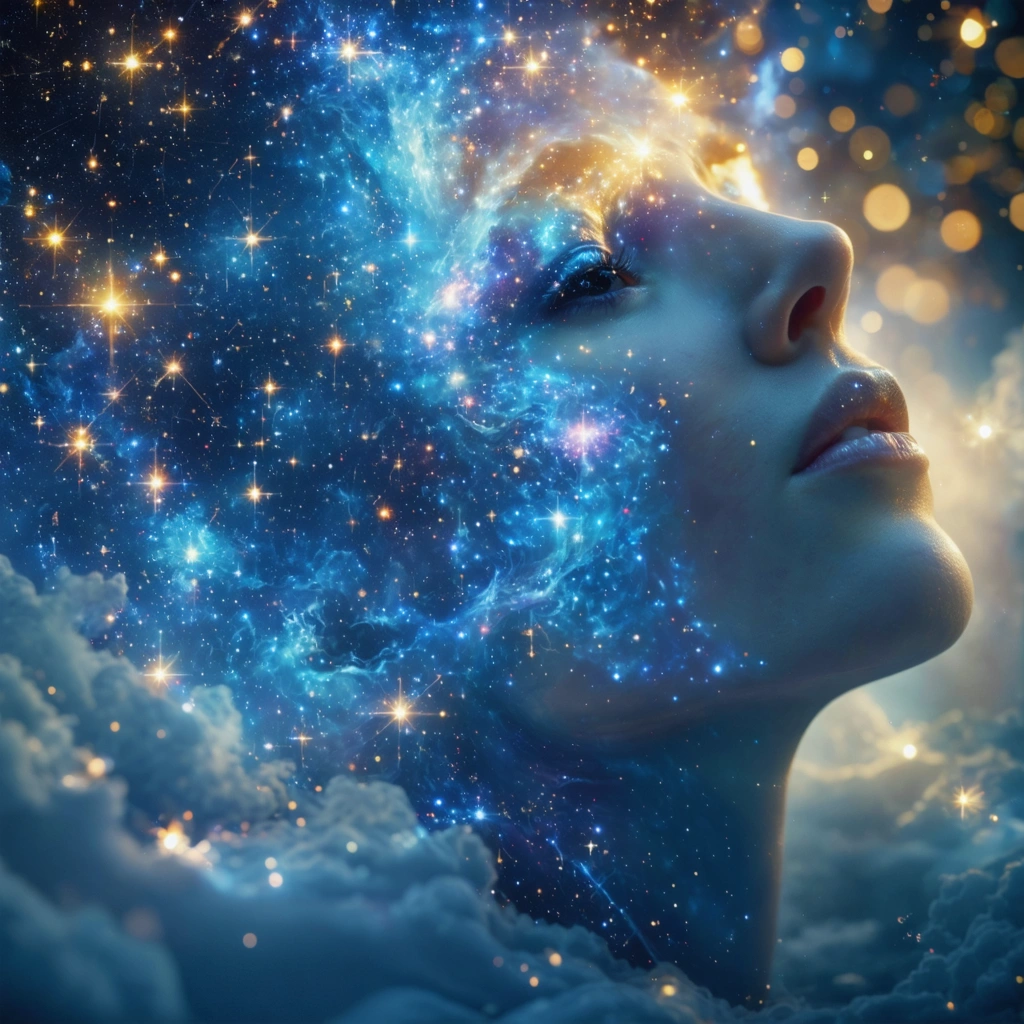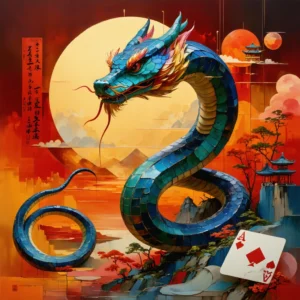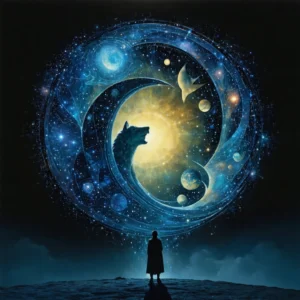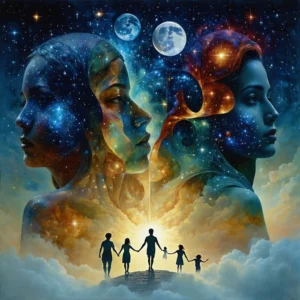
Introduction: The Celestial Connection
In ancient times, people observed the skies with awe and curiosity. They believed that the stars whispered secrets about human destiny. Consequently, astrologers studied the movements of celestial bodies and recorded their observations meticulously. Moreover, these early astronomers developed rudimentary systems that eventually evolved into the horoscopes we know today. Their journey began as a search for meaning and order, which today still inspires believers and skeptics alike.
Ancient Beginnings and Cultural Roots
The story of horoscopes unfolds across multiple ancient civilizations. Initially, Babylonians traced the night sky and laid the groundwork for astrological science. Likewise, ancient Egyptians revered the stars, associating them with divine power. In addition, early Greeks studied celestial patterns and later merged their insights with previous traditions. Importantly, each culture contributed unique beliefs that enriched these early astrological practices. Furthermore, these contributions influenced later developments in both astrology and astronomy.
Babylonian Beginnings
Babylonian astrologers established the earliest systematic approaches to reading the heavens. They recorded planetary movements and linked them to earthly events. Their work centered on the belief that the cosmos directly affected human life. For example, they crafted interpretations for varying celestial phenomena and handed down these observations through generations. Moreover, they organized their findings in ways that would form the building blocks of zodiac signs. Their method involved careful observation, analysis, and a deep connection with the divine forces of nature.
Egyptian Innovations
Ancient Egypt displayed tremendous ingenuity in interpreting cosmic events. Egyptians built monumental structures aligned with celestial cycles and celebrated festivals tied to the stars. Additionally, they infused their practices with spirituality and ritual. Egyptian priests molded cosmic observations into guidance for kings and common people alike. They also established principles that later spread across the Mediterranean, laying foundations for future astrological study. Consequently, Egyptian astronomy and astrology combined empirical observation with symbolic meaning, thus advancing the field substantially.
Greek and Indian Influences
Greek scholars expanded upon earlier traditions by incorporating philosophy and mathematics in their studies. They constructed logical frameworks for understanding the cosmos, linking observable events with mythological narratives. Likewise, Indian astronomers integrated rigorous calculations while expressing deep spiritual insights. Notably, both civilizations produced works that scholars continue to reference even today. Their influence extended beyond their regions, and they actively exchanged ideas with neighboring cultures.
Greek Contributions
Greek astrologers approached celestial phenomena with a scientific mindset. They introduced several zodiac constellations and connected each with distinct personality traits. In addition, they developed a comprehensive system that linked planetary movements with aspects of daily life. Hence, early Greek texts became the blueprint for centuries of astrological interpretation in Europe and the Middle East. Their achievements showcase a blend of mathematics, philosophy, and art in making sense of the world.
Indian Astrological Wisdom
Indian astrology, also known as Jyotish, emphasized predictive techniques that permeated cultural, spiritual, and daily practices. Practitioners observed detailed planetary cycles and documented how they influenced human destiny. Furthermore, Indian scholars introduced methods that allowed personalized horoscope preparation for individuals. They maintained a rich tradition that combined science, mythology, and philosophy. As a result, their detailed treatises continue to shape astrological thought across South Asia and beyond.
The Evolution of Horoscopes in Medieval and Modern Times
During medieval times, astrological traditions advanced dramatically in Europe and the Arab world. Scholars eagerly translated and debated ancient texts, adopting innovative approaches. Consequently, the practice merged with emerging scientific ideas, which led to dynamic reinterpretations. Simultaneously, the Renaissance nurtured renewed interest in celestial phenomena. Intellectuals integrated revived classical knowledge with contemporary insights, thereby blending art, science, and mysticism.
To help understand these developments, consider the following bullet list illustrating key contributions:
- Translation of ancient Greek and Indian texts into Latin and Arabic
- Introduction of mathematical precision into celestial calculations
- Expansion of zodiac sign interpretations and personal horoscopes
Moreover, scholars produced a numbered list that captures this intellectual journey:
- Collaboration among cross-cultural thinkers
- Rigorous observation and innovative record keeping
- Refinement of astrological symbols and methods
Each of these steps propelled astrology from a mystical art toward a discipline intertwined with early scientific inquiry.
Modern Interpretations and Cultural Resurgence
Today, people continue to explore the legacy of ancient horoscopes. Modern astrologers adapt historical symbols into contemporary narratives. They emphasize personal growth and self-reflection, using centuries-old insights to guide modern lives. Notably, various media platforms and mobile apps cater to the widespread fascination with zodiac signs. Thus, the traditions of ancient civilizations find new life in modern culture.
Additionally, modern practices employ technological innovations that ancient astrologers could not imagine. For instance, digital algorithms now assist in creating personalized horoscopes based on precise astronomical data. Researchers likewise collaborate across disciplines in astrology, psychology, and astronomy. As a result, a dynamic interplay exists between age-old symbols and modern scientific methodologies. Furthermore, cultural events and online communities celebrate astrological themes by incorporating interactive and visual elements that attract diverse audiences.
Integrating History with Contemporary Life
Astrological narratives thus integrate tradition, science, and art. Throughout history, numerous civilizations left indelible marks on this field. Each era contributed to a cumulative treasure of knowledge and symbolism. Moreover, one finds that modern astrology retains echoes of ancient rituals, innovative thinking, and cultural wisdom.
In summary, the journey of horoscopes represents more than a historical record. It encapsulates an ongoing dialogue between humanity and the cosmos. To illustrate further, observe the table below, which highlights select civilizations and their contributions:
| Civilization | Contributions |
|---|---|
| Babylonian | Early records of planetary movements and zodiac origins |
| Egyptian | Integration of astral events with spiritual rituals |
| Greek | Systematization of zodiac signs and linking to mythology |
| Indian | Advanced predictive techniques and personalized horoscopes |
Subsequently, modern communities take pride in blending scientific inquiry with a rich spiritual heritage. Therefore, horoscopes continue to serve as a bridge between the past and the present, inspiring constant curiosity and self-exploration.
Conclusion: The Enduring Legacy
Ultimately, the history of horoscopes tells a vibrant story of human ingenuity and spiritual quest. Throughout the ages, astrologers have embraced change, adapted interpretations, and preserved the core idea that the cosmos reflects our lives. As enthusiasts continue to read horoscopes for guidance, the ancient legacy endures. Clearly, this evolution emphasizes the importance of tradition and our unyielding desire to comprehend the universe. Hence, the timeless journey of horoscopes reminds us always to seek wonder in the stars while remaining connected to our cultural heritage.





